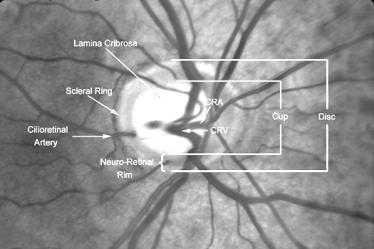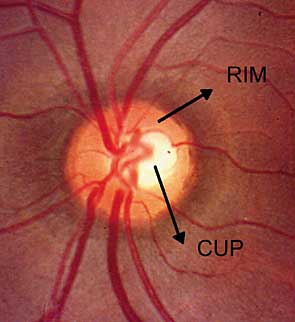One question very often asked by many young ophthalmologists who have started their own solo practice is this:
What should be the basic minimal investigations performed for detecting glaucoma?
Regarding new scanning devices for RNFL, which is the best?
Answer:
The most important investigations for Glaucoma are:
1. 90-D dilate disc and RNFL exam
2. Applanation Tonometry
3. Gonioscopy
4. Disc photography. If no fundus camera, please draw the disc in detail in each visit.
5. Automated Perimetry ( Both Humphrey’s and Octopus are good)
Central corneal Thickness (Pachymetry) if possible.
OCT is not mandatory for diagnosis of glaucoma.
Many YO also ask regarding new scanning devices and their superiority.
RNFL analysis is an essential part of glaucoma evaluation, as this is the tissue that gets damaged in Glaucoma. Structural damage always precedes functional damage and the investigation can often detect the earliest damage. Early detection and treatment of glaucoma is becoming more and more important.
OCT plots RNFL changes in the TSNIT graph and also analyses the optic nerve head and macula. It differentiates the retinal layers precisely upto histological level. Its main drawback is that it is operator dependant and it is difficult to reproduce the changes. GDx is easy to operate and it is a technology only specific for RNFL and gives a relative measure of RNFl. Review of literature has showed the following details
1. Both GDx VCC and OCT were comparable in cases of increasing RNFL loss with advanced glaucomatous damage and were comparable in perimetric glaucoma. However, Stratus OCT detected early glaucomatous disc damage in pre-perimetric glaucoma. J Glaucoma 2010:19’83-94
2. Structure functional relationship was significantly stronger with Spectral domain OCT than with scanning laser polarimetry. Am Journ Ophthalmol 2010:150; 825-830
3. The Stratus OCT demonstrated a specificity of 98% and a sensitivity of 37% for the diagnosis of glaucoma using as a criterion an average RNFL thickness of ≤1 percentile of the normative database. It was a poor screening test for glaucoma suspects, although it showed some promise as a confirmatory test Phil Journal Ophthalmol 2012
4. In recognizing a localized RNFL defect, overall diagnostic performance of Stratus OCT and GDx VCC with regard to their internal normative database was not significantly different. As both Stratus OCT and GDx VCC showed only moderate sensitivity, these imaging devices may not substitute red-free fundus photography in clinical practice of glaucoma diagnosis. J Glaucoma 2010, 19: 229-236
So, a glaucoma suspect should have
1. Recorded disc drawing, fundus photograph (if possible).
2. SWAP, Baseline perimetry.
3. CCT (if possible)
4. RNFL ANALYSIS, either GDx or OCT,
OCT may be preferable, but in reality none of the investigations helps really great. So, clinical correlation with periodic monitoring with all the basic investigations is the way to treat a glaucoma suspect.
For those who wish to know more about optic imaging, I am attaching here a presentation by Dr. Jorge
Bahamonde. Here he discusses various diagnostic modalities like confocal diagnostic laser ophthalmoscopy (HRT),
Scanning Laser Polarimetry (GDxVCC) and OCT
View of San Francisco city from the Deck of Princess Cruises leaving from Pier 35


